What is wool fabric and where does wool fabric come from?
Wool fabric is made from sheep’s wool and is known for its softness, heat retention, and sweat absorption. It is used in various products such as sweatshirts, scarves, cushions, blankets, pillows, and carpets.
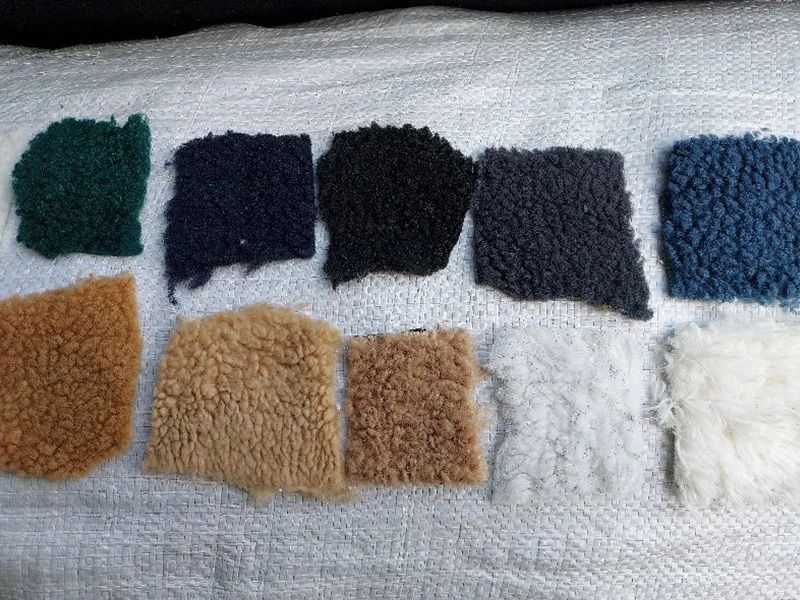
The concept of wool fabric involves the use of a textile material made from the fibers of sheep’s wool. Wool is a natural fiber that is known for its warmth, softness, and durability. It is obtained by shearing the sheep, followed by a process of cleaning, sorting, and spinning the wool fibers into yarn. The yarn is then woven or knitted into various fabric structures to create woolen textiles. Wool fabric is highly versatile and can be used in a wide range of applications, including clothing, blankets, upholstery, and carpets. It provides excellent insulation, moisture-wicking properties, and breathability, making it suitable for both cold and warm climates. Wool fabric is also known for its natural elasticity, which allows it to retain its shape and resist wrinkling. Additionally, wool is often blended with other fibers, such as silk or synthetic materials, to enhance its properties and create unique fabric blends. Overall, the concept of wool fabric encompasses the production, characteristics, and applications of this versatile and natural textile material.
The use of wool has been ingrained in the daily lives of people worldwide for a significant period of time. Dating back to 11,000 BC, sheep were domesticated and utilized primarily for their meat. However, as early as 6000 BC, sheep began to be selectively bred for the purpose of obtaining high-quality wool. This meant that the wool produced by these sheep was more refined and suitable for various applications. As evidence of the value placed on wool, the Babylonians were already employing raw wool products derived from sheep’s wool as early as 4000 BC.
By 3000 – 1000 BC, sheep wool was introduced to various European countries by the Persians, Greeks, and Romans. The type of sheep wool utilized varied across different countries and regions. Additionally, the techniques used for weaving the wool differed, resulting in a range of textures and finishes for the garments and products made from wool.
The most globally popular varieties of wool.
The availability of different types of wool varies based on the region of the world. Currently, the most popular types of wool used by users worldwide include Virgin Wool, Cashmere Wool, Merino Wool, and Angora Wool.
Virgin Wool Fabric
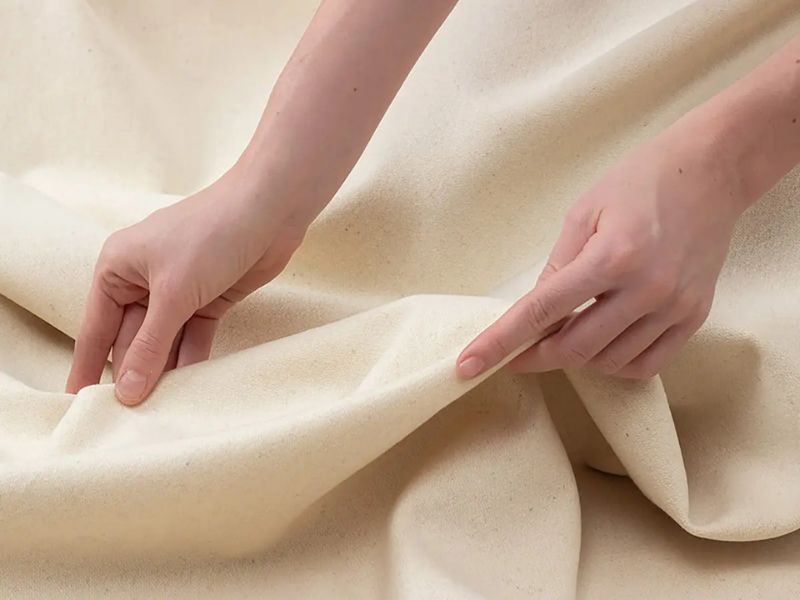
Virgin wool fabric is a type of textile that is made from the fibers of sheep’s wool that have never been used or processed before. It is known for its high quality and natural properties, making it a popular choice in the fashion and textile industry. The term “virgin wool” signifies that the material is pure and has not been mixed or blended with any other fibers. This ensures that the fabric retains its softness, durability, and insulating properties. Additionally, virgin wool is also highly breathable, moisture-wicking, and resistant to wrinkling, making it ideal for a wide range of clothing and accessories. Whether it’s a cozy sweater, a warm winter coat, or a luxurious scarf, virgin wool fabric offers both comfort and style.
Wool fabric, specifically Virgin Wool, is a type of wool that is obtained from sheep after they have shed their first coat. The wool from this initial shedding is used to weave the fabric, resulting in a smooth and soft surface with excellent elasticity. Pure wool is commonly hand-dyed in order to achieve vibrant and long-lasting colors, surpassing the quality of other wool blends.
Cashmere wool fabric
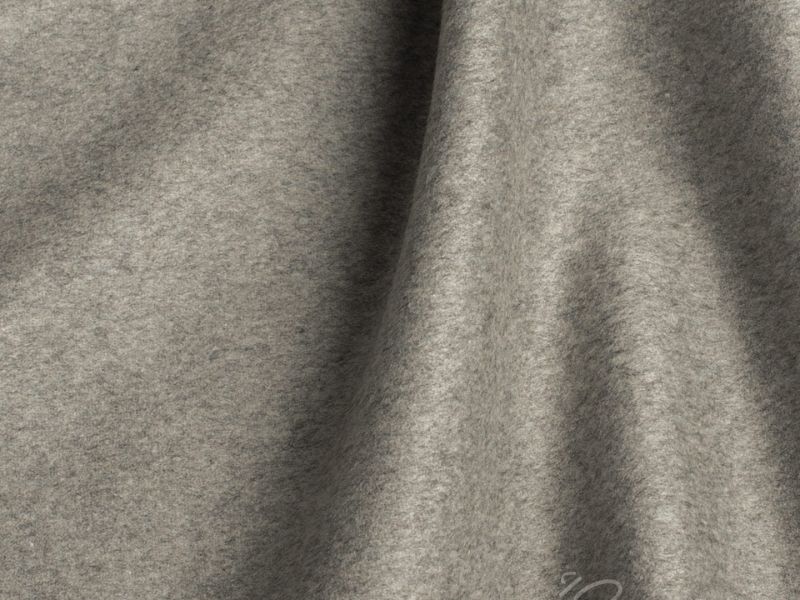
Cashmere wool fabric is a luxurious type of fabric that is made from the soft and fine wool of cashmere goats. It is known for its exceptional warmth, softness, and lightweight feel. Cashmere wool fabric is highly sought after for its high quality and luxurious appearance. It is often used to make high-end clothing items such as sweaters, scarves, and coats, as well as accessories like blankets and shawls. Due to its rarity and the labor-intensive process of obtaining the wool, cashmere wool fabric is considered a luxury fabric and is typically more expensive than other types of wool. It is highly prized for its natural insulation, making it perfect for keeping warm in colder climates. The superior quality of cashmere wool fabric, combined with its softness and warmth, make it a highly desirable material for those seeking comfort and style in their clothing and accessories.
Cashmere wool is a luxurious material that is derived from the soft undercoat of young Cashmere, Kashmir, or mountain goats. This material can only be obtained when the goats are less than one year old. The process of obtaining cashmere wool involves carefully and painstakingly removing the wool from the goats by hand, ensuring that no harm comes to these animals during the process.
Cashmere goats are predominantly found in high-altitude and mountainous regions that experience extreme cold temperatures. The Indian plateau, the Mongolian mountain range, and the Himalayas are some of the areas where large populations of these goats can be found. These goats have evolved to survive in such harsh environments, and their undercoat, which consists of fine, soft fibers, provides them with excellent insulation against the cold.
Due to the scarcity and labor-intensive nature of collecting cashmere wool, it is considered to be one of the most coveted and valuable natural fibers in the world. The fine quality and exceptional warmth provided by cashmere wool make it highly sought after in the textile industry for the production of luxurious and high-end garments, accessories, and home furnishings.
Cashmere wool is renowned for its exceptional lightweight nature and its remarkable ability to effectively retain heat. In fact, it has been proven to be eight times more efficient in retaining warmth than traditional polymer wool. Not only does it provide unparalleled warmth during the winter season, but it also ensures that the sheep’s body temperature remains stable and cool when summer arrives. This distinctive characteristic makes Cashmere wool the most highly valued and expensive type of wool available today.
Merino wool fabric
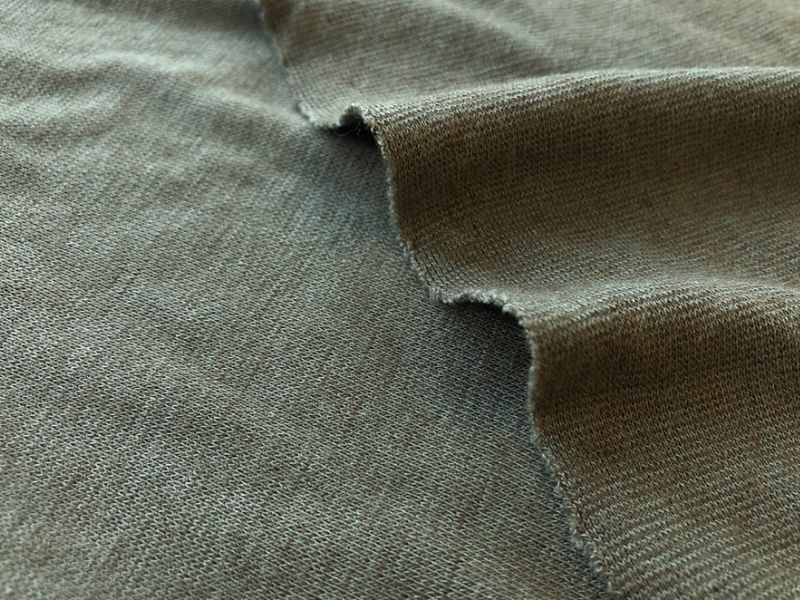
Merino wool fabric is a type of fabric made from the wool of Merino sheep. It is known for its softness, warmth, and ability to regulate body temperature. Merino wool fabric is highly sought after for its natural fibers, which provide comfort and insulation. It is often used in the production of clothing items such as sweaters, scarves, and socks. The fine texture of Merino wool makes it comfortable to wear against the skin and its moisture-wicking properties make it ideal for active wear. Additionally, Merino wool is naturally antibacterial and odor-resistant. Overall, Merino wool fabric is a versatile and luxurious textile choice.
Wool fabric made from Merino wool is woven from the wool of Merino sheep, a breed that originated in Spain and is now raised in several countries including South America, Australia, and South Africa. Despite being only ⅕ the thickness of a human hair, each strand of Merino wool can bend more than 20,000 times without breaking, demonstrating its remarkable elasticity. This unique property allows for the creation of tight-fitting garments that effectively provide warmth. Moreover, the complex structure of wool fibers enables them to absorb up to 35% of their weight in moisture, facilitating quick release of moisture from the body.
Angora wool fabric
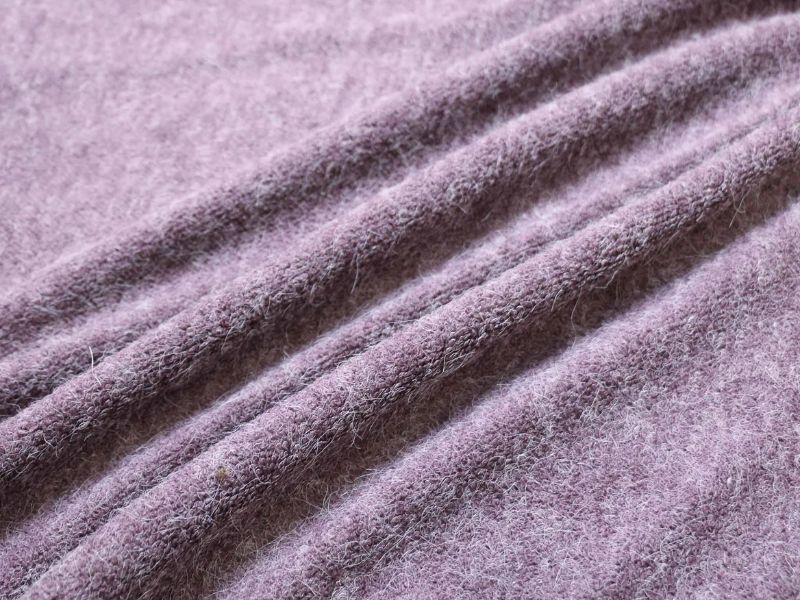
Angora wool fabric is a type of fabric made from the hair of Angora rabbits. It is known for its softness, warmth, and luxurious feel. Angora wool fabric is commonly used in the production of high-quality sweaters, hats, and other winter garments. It is highly sought after for its insulating properties and ability to retain heat, making it ideal for cold weather. Additionally, the fabric has a distinct appearance, with a fluffy texture and a lustrous sheen. Angora wool fabric is considered a luxury material and is often more expensive than other types of wool.
Wool fabric made from Angora fibers is known for its fluffy texture, but it is not particularly durable. As a result, it is common for manufacturers to blend it with other fibers during the production process in order to enhance its elasticity and toughness. Currently, this type of fabric is used in smaller quantities compared to the other three types of wool mentioned.
What is the price of wool fabric?
Wool fabric is available in a wide range of prices in the market today. The cost of the fabric is determined by various factors including size, thickness, type of fur, and the distributor. A survey conducted by Fashion Bandung reveals that the price of wool fabric ranges from 170,000 VND to 800,000 VND per square meter.
Wool fabric is currently being widely used in various applications due to its popularity.
Wool fabric, known for its versatility and natural properties, finds its application in various aspects of our lives. It is commonly utilized in the production of a wide range of products, including but not limited to: clothing, blankets, upholstery, carpets, bedding, accessories, and even insulation materials. The unique characteristics of wool, such as its warmth, durability, breathability, and ability to wick away moisture, make it a preferred choice in numerous industries.
Fabric used in clothing

Wool fabric is a versatile material that is commonly used in the production of clothing. This natural textile is made from the fleece of sheep and is valued for its warmth, durability, and softness. Wool fabric is known for its excellent insulation properties, making it an ideal choice for cold weather garments. It has the ability to regulate body temperature by trapping air between its fibers, keeping the wearer warm in winter and cool in summer. Additionally, wool is highly resistant to wrinkles and creases, making it a practical option for garments that need to maintain their shape. The fabric is also renowned for its breathability, allowing moisture to evaporate from the body and preventing overheating. With its natural elasticity, wool fabric provides comfort and ease of movement, making it suitable for a wide range of clothing items such as sweaters, coats, scarves, socks, and suits. The fibers of wool also have a natural resistance to fire, making it a safer choice compared to synthetic materials. Overall, wool fabric offers both functionality and style, making it a popular and timeless choice in the world of fashion.
The use of sheep wool in clothing production dates back to ancient times. Even today, it remains a popular choice for creating fashion items designed for autumn and winter seasons. This versatile material is commonly used to make various clothing pieces and accessories such as home wear pants, men’s jackets, women’s clothing, gloves, socks, and wool hats. The wool fabric enables the creation of outfits with diverse designs, suitable for different users.
Fabrics used in furniture
Wool has expanded its application beyond clothing and is now being utilized in the production of furniture to cater to the diverse preferences of modern users. Sheep’s wool undergoes classification based on different types to match varying price ranges and intended uses.
Lower quality wool is commonly employed in the creation of carpets, insulation materials, and electrical insulation within interior design projects. Medium quality wool samples are utilized for making sofa covers, blankets, pillows, and curtains. Meanwhile, high-quality wool is reserved for crafting premium blankets, sheets, and pillows for household usage. Additionally, there are other types of wool that serve as coverings for night lamps or wall paintings.
Materials utilized in manual craftsmanship activities.

We offer wool rolls which are perfect for knitting handmade items. Our high-quality wool rolls are specifically designed for knitting projects and come in a variety of colors and textures. Whether you are an experienced knitter or just starting out, our wool rolls provide the perfect material to create beautiful and unique handmade items. With their softness and durability, our wool rolls ensure that your knitted creations will not only look great but will also last for a long time. So why wait? Start your knitting journey with our exceptional wool rolls today!
Handmade items made from wool are known for their luxurious quality. With skeins of wool, you can create a wide variety of objects, such as scarves, wool hats, men’s sweaters, cardigans, and handbags. These items are not only functional but also make thoughtful and meaningful gifts for others.
Follow these steps to effectively store and maintain woolen items in good condition.
In order to maintain the durability of your wool items, it is essential to be aware of how to preserve them while being used. Here are some valuable tips for preserving wool:
1. Cleaning: Regular cleaning is crucial to remove dirt, oil, and stains that can damage the wool fibers. Follow the care instructions specific to your wool item, such as hand-washing, dry cleaning, or machine-washing. Use gentle detergents specifically formulated for wool.
2. Drying: Properly drying wool items is essential to prevent shrinking and misshaping. After washing, gently squeeze out excess water without wringing or twisting the garment. Lay it flat on a clean towel to air dry, away from direct heat or sunlight.
3. Storage: When not in use, store wool items in a cool, dry, and well-ventilated area. Avoid hanging them on hangers for extended periods to prevent stretching. Instead, fold them neatly and place in a clean storage container or breathable garment bag to protect them from dust and moths.
4. Moth prevention: Wool is susceptible to moth damage. To protect your wool items, consider using natural moth repellents such as lavender sachets or cedar blocks in your storage area. Regularly inspect your wool garments for any signs of moths and take immediate action if you notice any infestation.
5. Ironing: Wool can easily be damaged by high heat. If ironing is necessary, use a low-heat setting appropriate for wool fabrics or use a pressing cloth to protect the fibers from direct heat.
6. Avoid excessive wear: Limit wearing your wool items in high-friction areas or situations where they are more likely to come into contact with rough surfaces. This will prevent excessive wear and prolong the lifespan of your wool items.
By following these preservation tips, you can ensure that your wool items remain durable and retain their quality for years to come.
- When washing the product, you should use a protective laundry bag if washing by machine. The laundry bag not only reduces the intensity of wringing and stretching the knitting needles but also limits the hook or button from scratching the wool fibers.
- The best way to wash your shirt is by hand or in the machine on a gentle cycle.
- You should separate light and dark colored clothes to wash together. This ensures that your clothes do not get stained.
- When drying clothes, you should hang them horizontally instead of hanging them from top to bottom. This will help reduce the phenomenon of wool fibers becoming limp.
- Don’t forget to read the garment’s washing instructions to ensure correct washing method.
- If you are not going to use your fleece items for a long period of time, fold them and store them in a dry closet.
- Do not iron or dry clothes while in use.
- Turn shirt inside out when washing to reduce surface pilling.
- Use fabric softener regularly to soften fabric fibers.
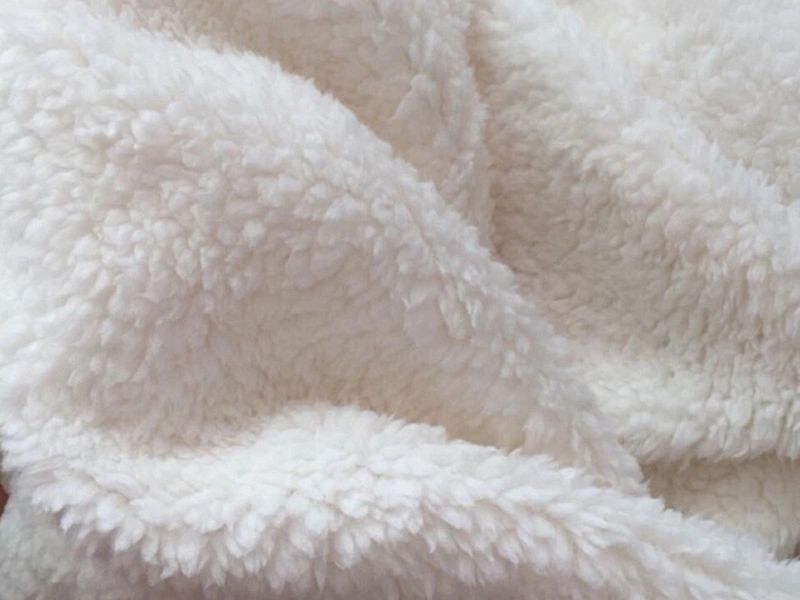
Step-by-Step Guide: Proper Wool Product Preservation Techniques
Preserving wool products is crucial in maintaining their quality and extending their lifespan. Follow these steps to ensure that your wool items stay in great condition for years to come:
1. Cleaning: Before storing any wool products, make sure they are clean. Follow the specific cleaning instructions provided by the manufacturer. Most wool products can be hand-washed or dry cleaned. Take care to remove any stains or marks before storing.
2. Deodorizing: Wool has a natural tendency to retain odors. To prevent this, air out your wool items before storing them. Hang them outside on a sunny day or in a well-ventilated area, allowing fresh air to circulate and eliminate any unwanted smells.
3. Inspection: Before storing, carefully inspect your wool items for any signs of damage or moth infestation. Look for holes, loose threads, or any other areas of concern. Address any repairs needed before storage to prevent further damage.
4. Folding: Fold woolen garments properly to minimize creasing and maintain their shape. Lay the item flat on a clean surface, then fold the sides towards the center. Fold the bottom portion up, creating a neat rectangle. Avoid hanging heavy items or sweaters, as this can cause them to stretch and lose their shape.
5. Storage containers: Choose storage containers that are clean, dry, and breathable. Opt for cotton bags or acid-free paper to protect your wool items and allow air circulation.
6. Moth prevention: Moths are common pests that can damage wool products. To prevent moth infestation, store your wool items with natural moth repellents such as lavender sachets, cedar chips, or dried rosemary. These natural remedies help to keep moths away while also adding a pleasant scent to your stored items.
7. Climate control: Store your wool products in a cool, dry environment. Extreme temperatures and high humidity can cause damage to wool items. Avoid storing wool products in basements, attics, or areas prone to dampness.
8. Regular checks: Periodically inspect your stored wool items to ensure they are in good condition. Look for any signs of moths, humidity damage, or deterioration. If you detect any issues, take immediate action to prevent further damage.
By following these steps, you can effectively preserve your wool products and enjoy their warmth and beauty for years to come.
Managing piling on wool fabric effectively.
Clothing items like T-shirts, long-sleeved shirts, sweaters, hoodies, and woolen sweaters are highly susceptible to pilling. Pilling can occur for various reasons, such as when the fabric sticks to specific areas, excessive rubbing during use, or incorrect washing machine settings. When pilling occurs on woolen garments, it is essential to follow these treatments:
- Use a fine-tooth comb to comb along the seams of the garment to remove loose fibers.
- Use tape or a roller and press the sticky side against the garment. The small, loose fibers will be pulled away from the garment.
- Use a razor blade or a fuzz remover to remove any fuzz.
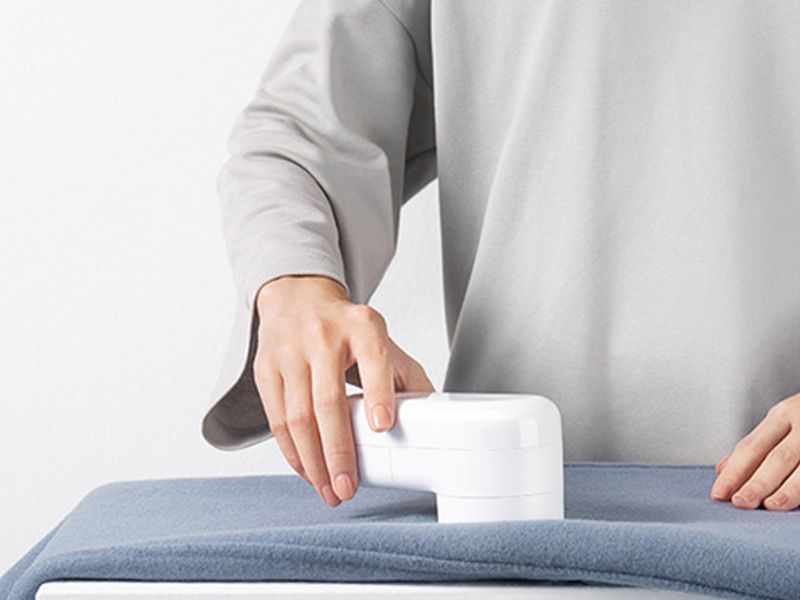
In order to effectively handle pilling wool fabric, it is important to follow a few key steps. Pilling refers to the formation of small, fuzzy balls on the surface of the fabric, which can be unsightly and diminish the fabric’s overall appearance. Here is a detailed guide on how to address this issue:
1. Identify the problem areas: Examine the wool fabric closely to identify the areas where pilling is most prominent. These are usually the high-friction areas, such as sleeves, cuffs, and hems.
2. Choose the right tools: To remove the pills, you will need certain tools such as a lint roller, a fabric shaver, or a sweater stone. These tools are designed to gently remove the pills without causing damage to the fabric.
3. Prepare the fabric: Before you begin removing the pills, ensure that the fabric is clean and dry. If there are any stains or dirt on the fabric, spot clean it first.
4. Use a lint roller: Start by running a lint roller or adhesive tape over the surface of the fabric. This will remove any loose fibers and lint, making it easier to identify the pills.
5. Use a fabric shaver or sweater stone: Next, use a fabric shaver or a sweater stone to gently remove the pills. Move the tool in a circular motion over the affected areas, being careful not to apply too much pressure. This will effectively lift the pills away from the fabric.
6. Repeat if necessary: Depending on the severity of pilling, you may need to repeat the process multiple times to completely remove all the pills. Take breaks in between to prevent overheating the fabric, especially if using an electric fabric shaver.
7. Prevent future pilling: To prevent future pilling, take preventive measures such as washing the wool fabric inside out, using a gentle cycle, and avoiding the use of harsh detergents or fabric softeners. Additionally, minimize friction by avoiding wearing wool garments with rough surfaces.
By following these detailed steps, you can effectively handle pilling on wool fabric and restore its original appearance and texture.
Fashion Bandung has provided detailed information about wool fabric, including its definition, various types, practical applications, and current market prices for fabric samples. Wool fabric is known for its exceptional ability to keep individuals warm during the winter season. Consequently, it is highly recommended to consider selecting clothing or blankets made from this material to ensure optimum warmth.
Welcome to Fashion Bandung! We are proud to offer high-quality fashion options specifically designed for men. Our collection showcases the latest trends and styles, ensuring that you will find something that suits your unique taste and preference. From casual wear to formal attire, our wide range of clothing options guarantees that you will always look your best. Don’t compromise on style and quality, choose Fashion Bandung for all your fashion needs!

